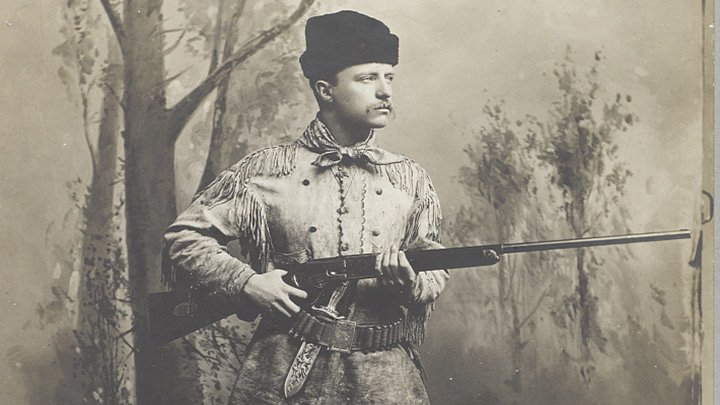Around 500,000 "Krags" in .30 Army (.30-40) calibre were produced at the
Springfield Armory in Massachusetts from 1894 to 1904. The Krag–Jørgensen rifle in .30 Army found use in the
Boxer Rebellion, the Spanish–American War and the
Philippine–American War. A few carbines were used by United States cavalry units fighting
Apaches in
New Mexico Territory and preventing poaching in
Yellowstone National Park. Two-thousand rifles were taken to France by the United States Army 10th–19th engineers (railway) during
World War I; but there is no evidence of use by front-line combat units during that conflict.
[4]
The US 'Krags' were chambered for the rimmed "cartridge, caliber 30, U.S. Army", round, also known as the .30 U.S., .30 Army, or.30 Government, and, more popularly, by its civilian name, the
.30-40 Krag. The .30 Army was the first
smokeless powder round adopted by the U.S. military, but its civilian name retained the "caliber-charge" designation of earlier black powder cartridges. Thus the .30-40 Krag employs a round-nose 220-grain (14 g)
cupro-nickel jacketed.30 caliber (7.62 mm) bullet propelled by 40 grains (3 g) of smokeless powder to a muzzle velocity of approximately 2000 feet (600 m) per second.
[4] As with the
.30-30 Winchester, it is the use of black powder nomenclature that leads to the incorrect assumption that the .30-40 Krag was once a black powder cartridge.
In U.S. service, the Krag eventually proved uncompetitive with Mauser-derived designs, most notably in combat operations in
Cuba and the
Philippines during the Spanish–American War. It served as the U.S. military's primary rifle for only 12 years, when it was
replaced by the M1903 Springfield rifle in 1906 and many units did not receive it until 1908 and later.

